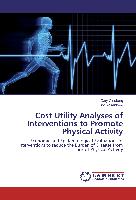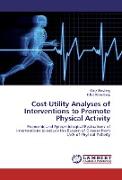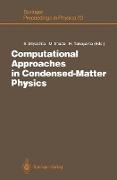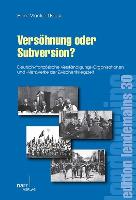Cost-Utility Analyses of Interventions to Promote Physical Activity
BücherAngebote / Angebote:
Physical inactivity (sedentariness) is a serious risk factor for many chronic diseases. Primary preventive interventions based on exercise prescriptions, patient counseling, pedometer use and mass media campaigns, supplied additional quality-adjusted life years (QALYs) at no additional net cost, and thus were cost-saving in an Israeli health care setting. Internet-based campaigns, community programs to increase pedometer use and joint mass-media/community activity campaigns were also cost-saving. Transport programs to encourage walking, paid media advertisements, public relations events with worksite, church, and local organizations, exposure to dedicated websites, supervised group exercise classes, and GP-delivered exercise advice were found to be very cost-effective. In addition, many tertiary interventions assessed for patients with coronary artery disease, diabetes mellitus and osteoarthritis were either cost-saving or very cost-effective. Adopting a variety of these cost-saving or very cost-effective interventions would enable countries to decrease sedentariness, and in consequence reduce health service costs and productivity losses due to absenteeism and lower productivity.
Folgt in ca. 10 Arbeitstagen





